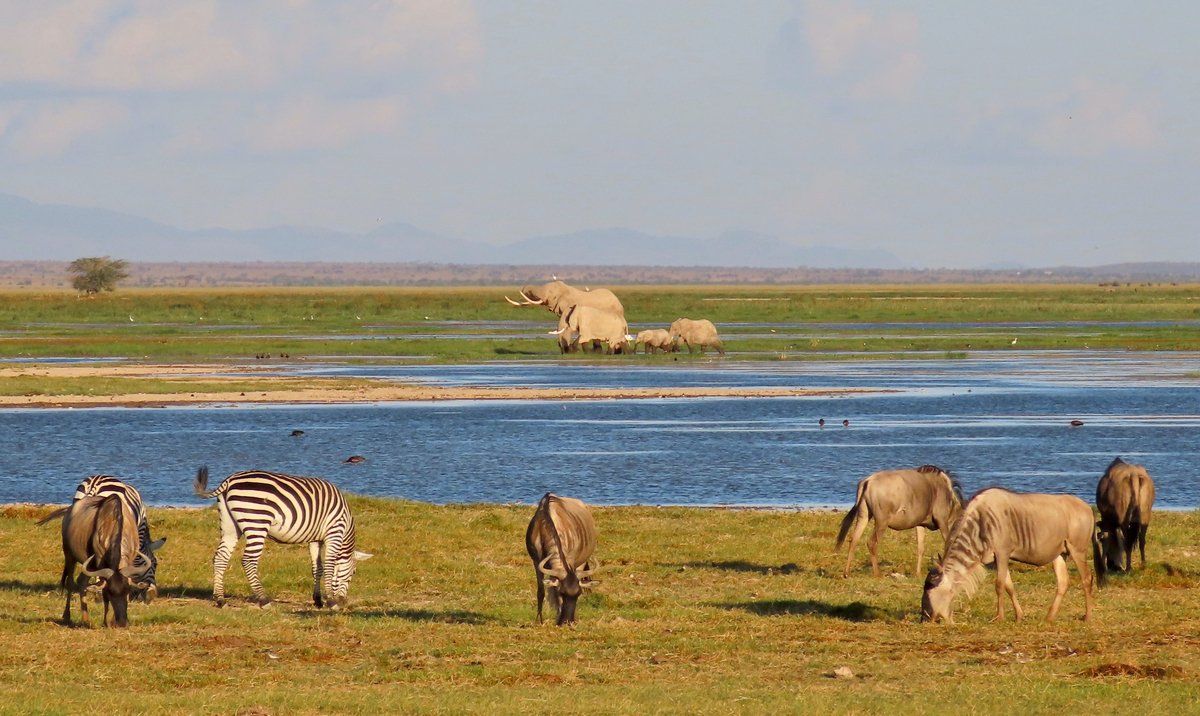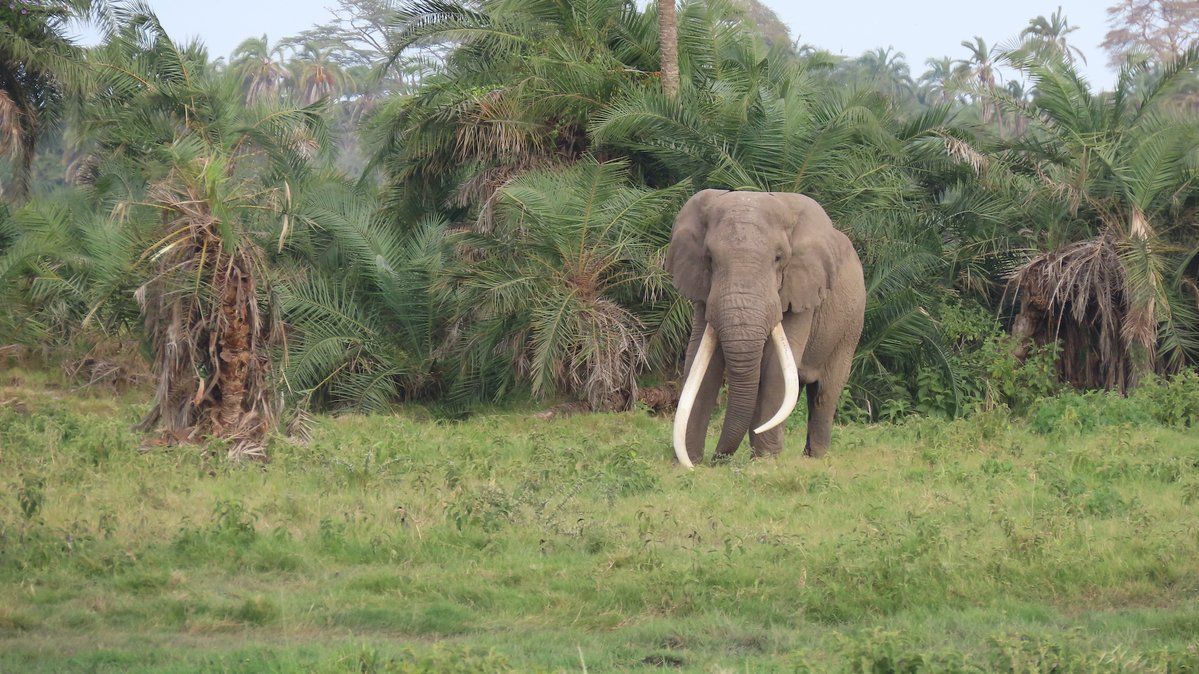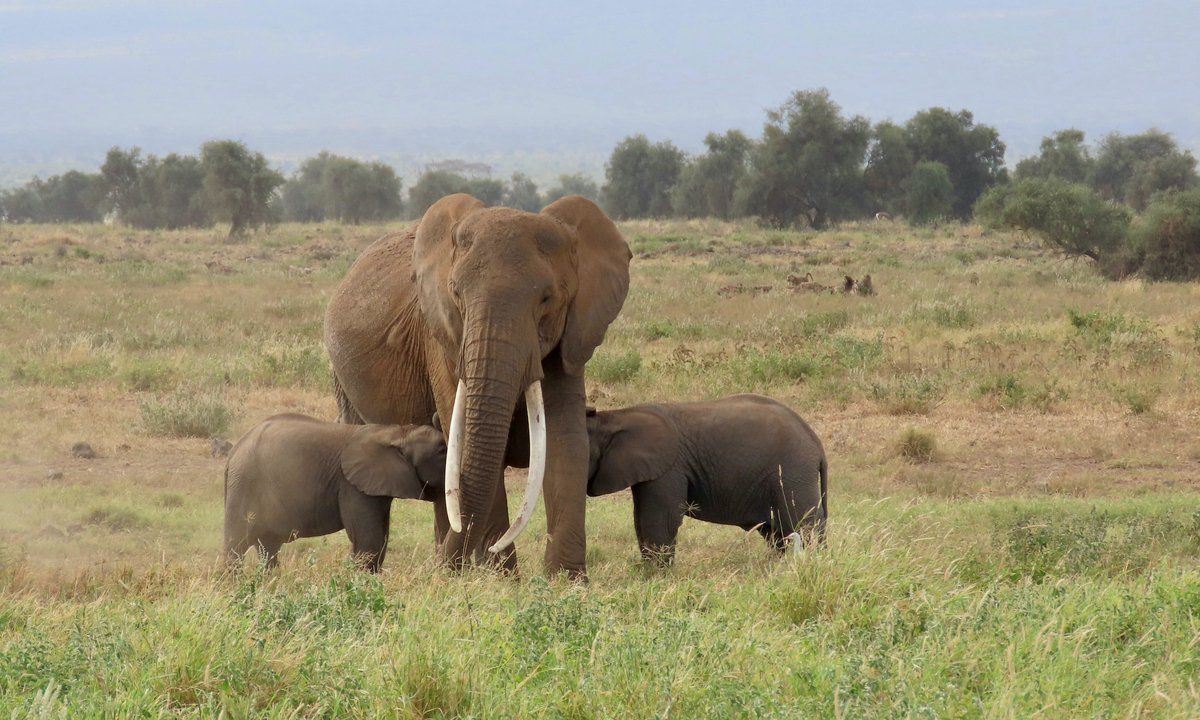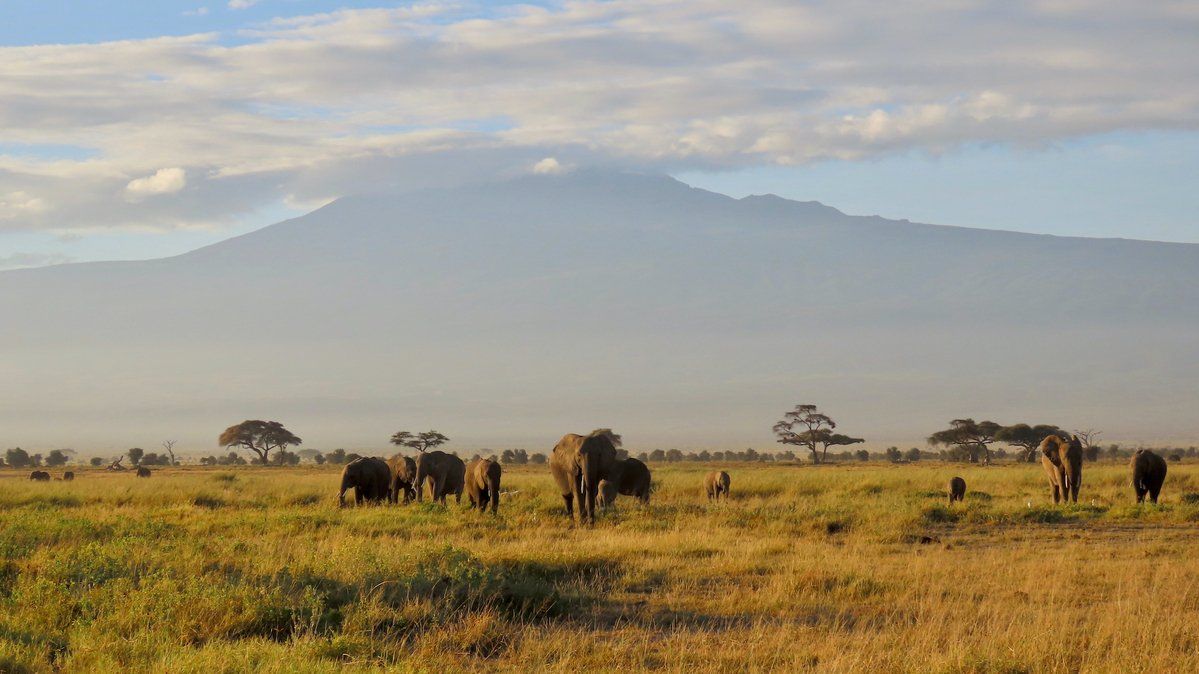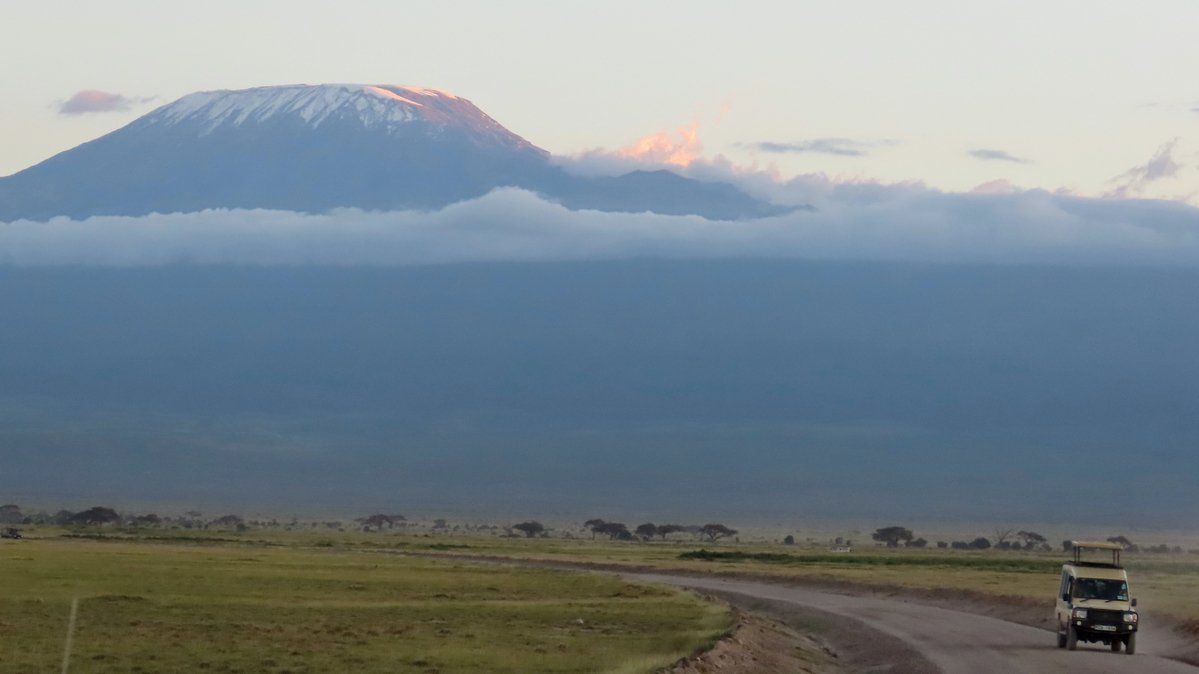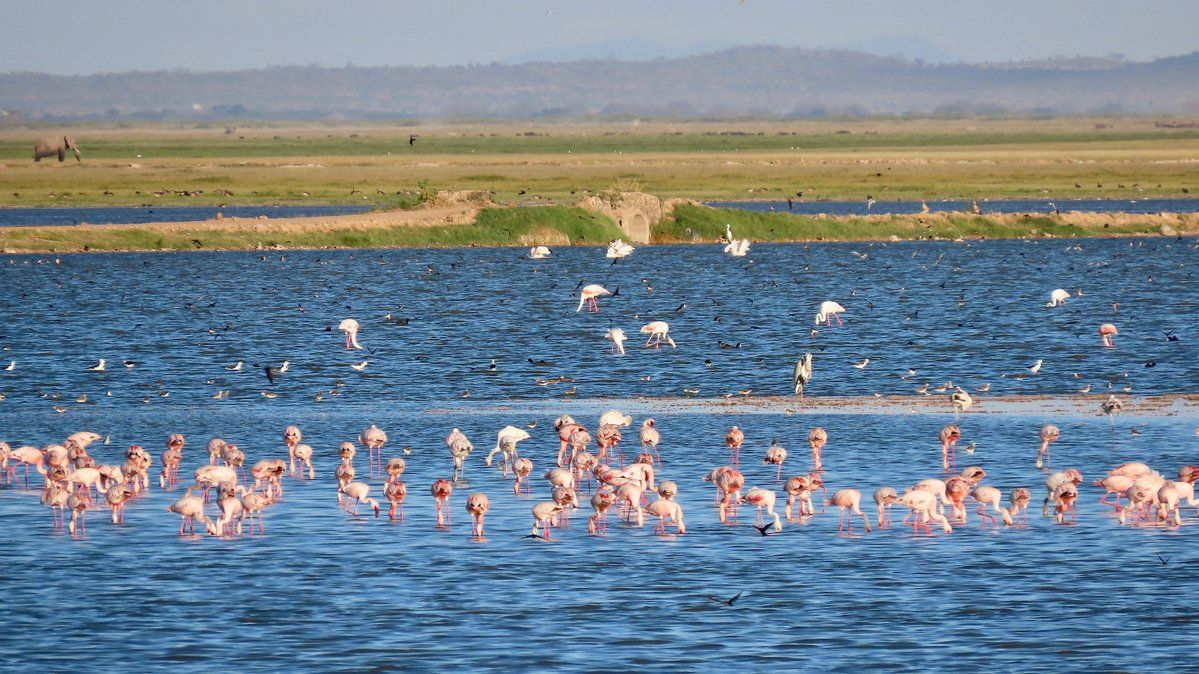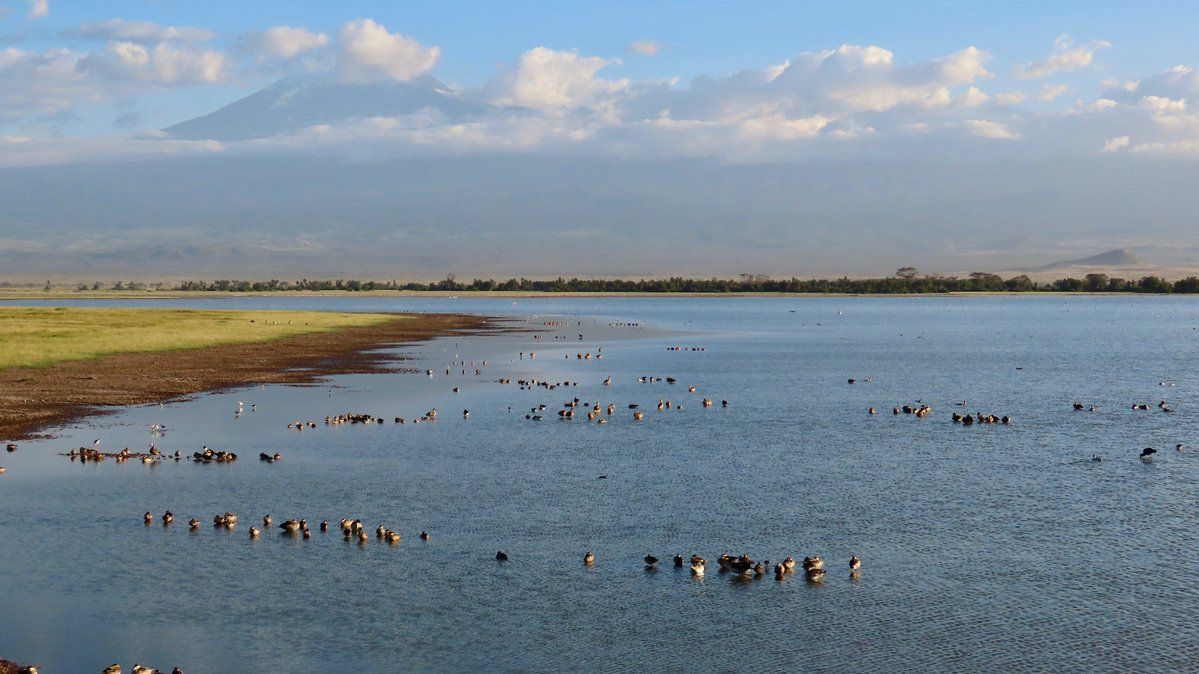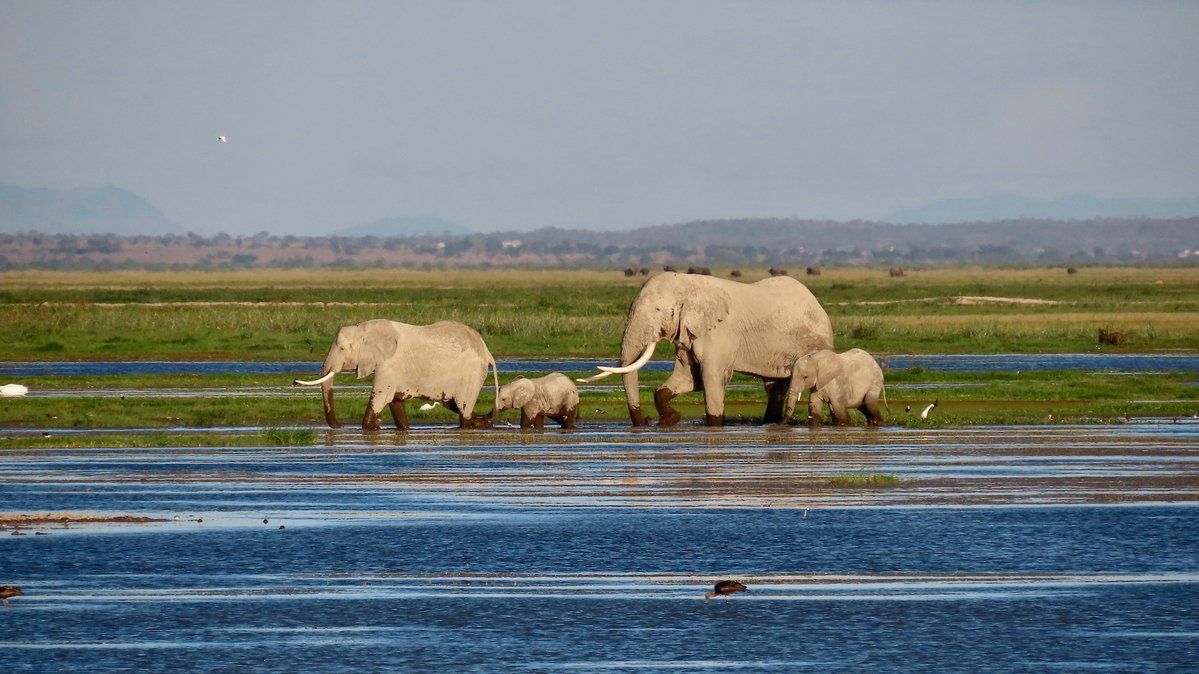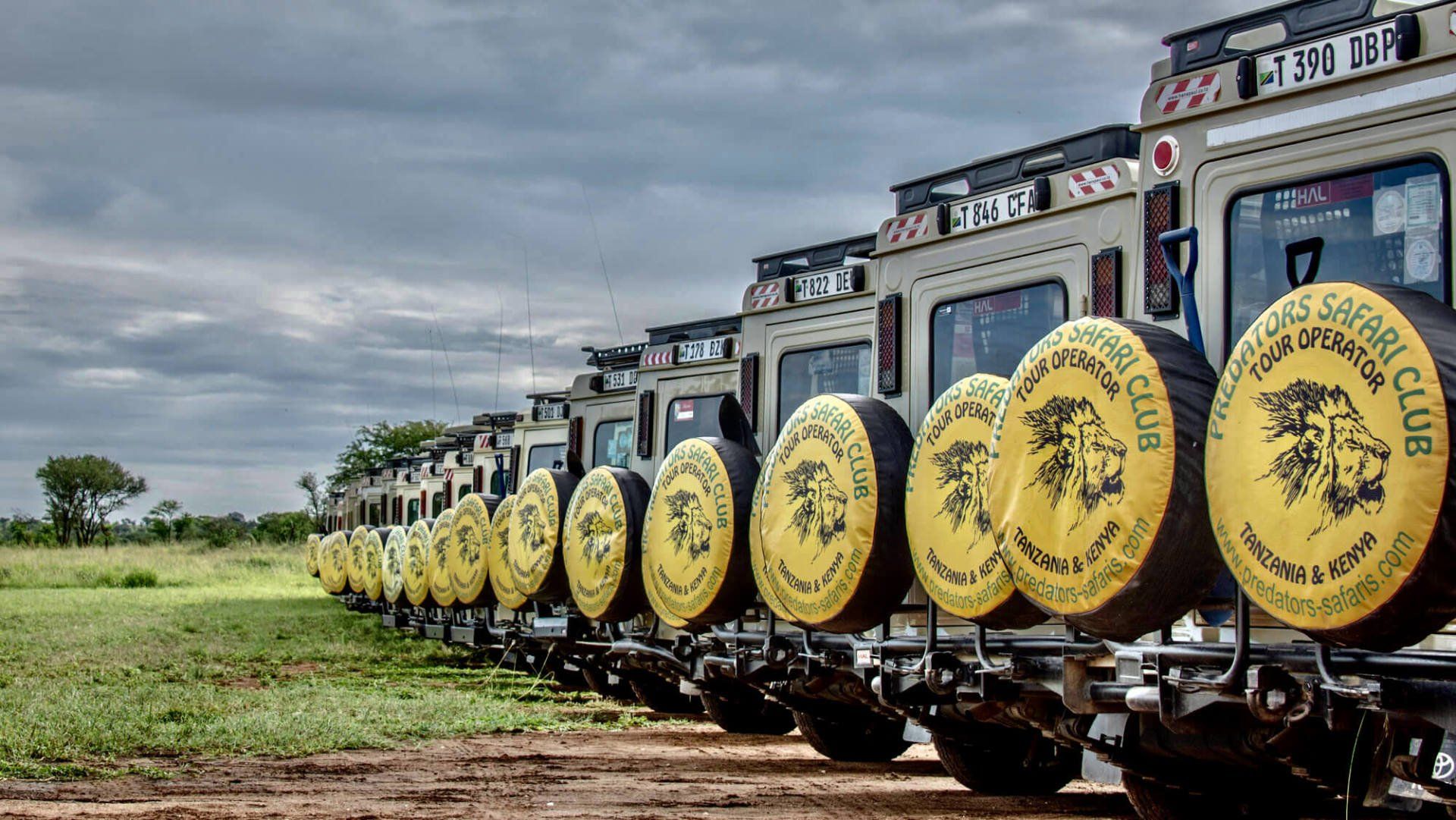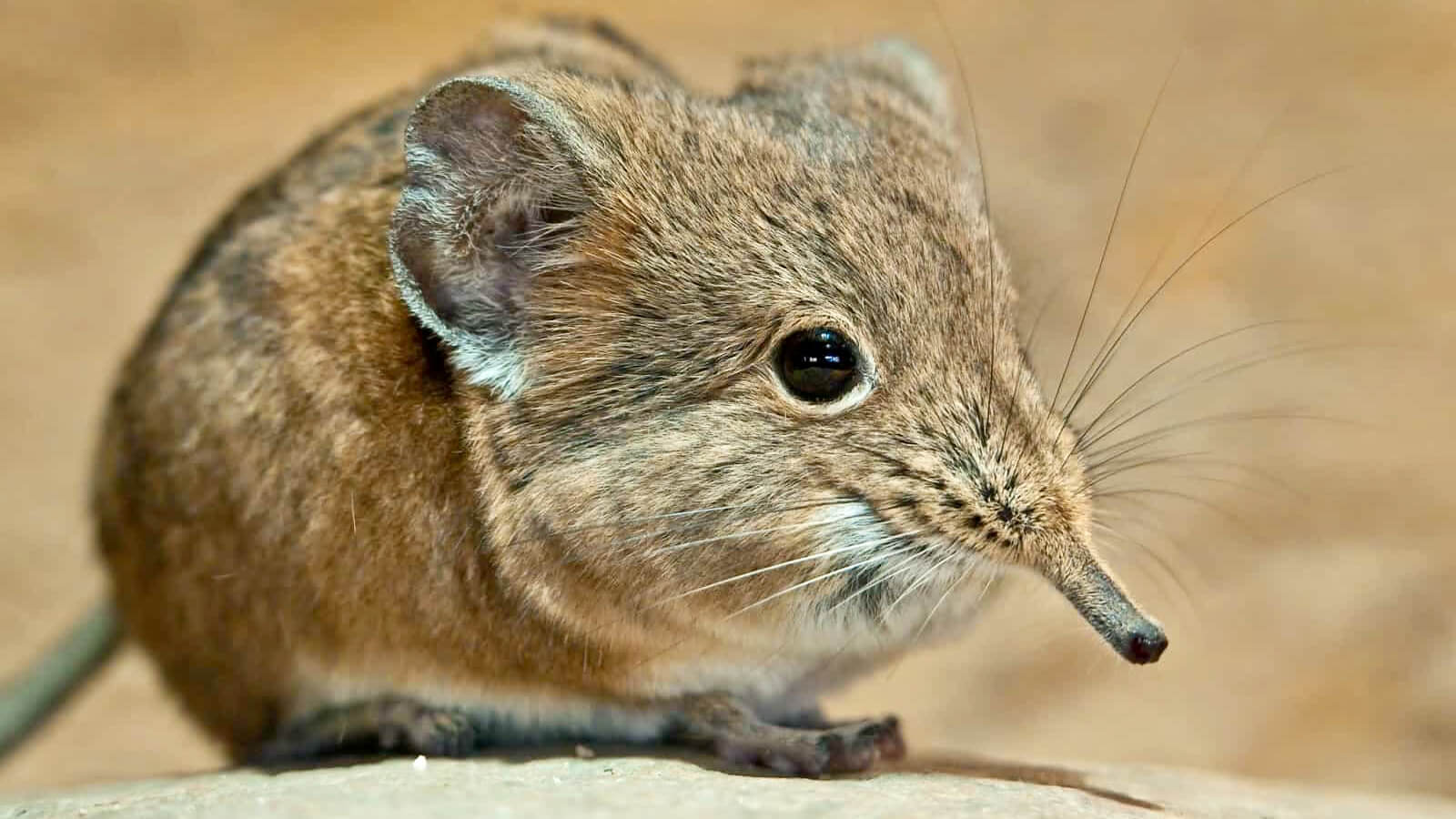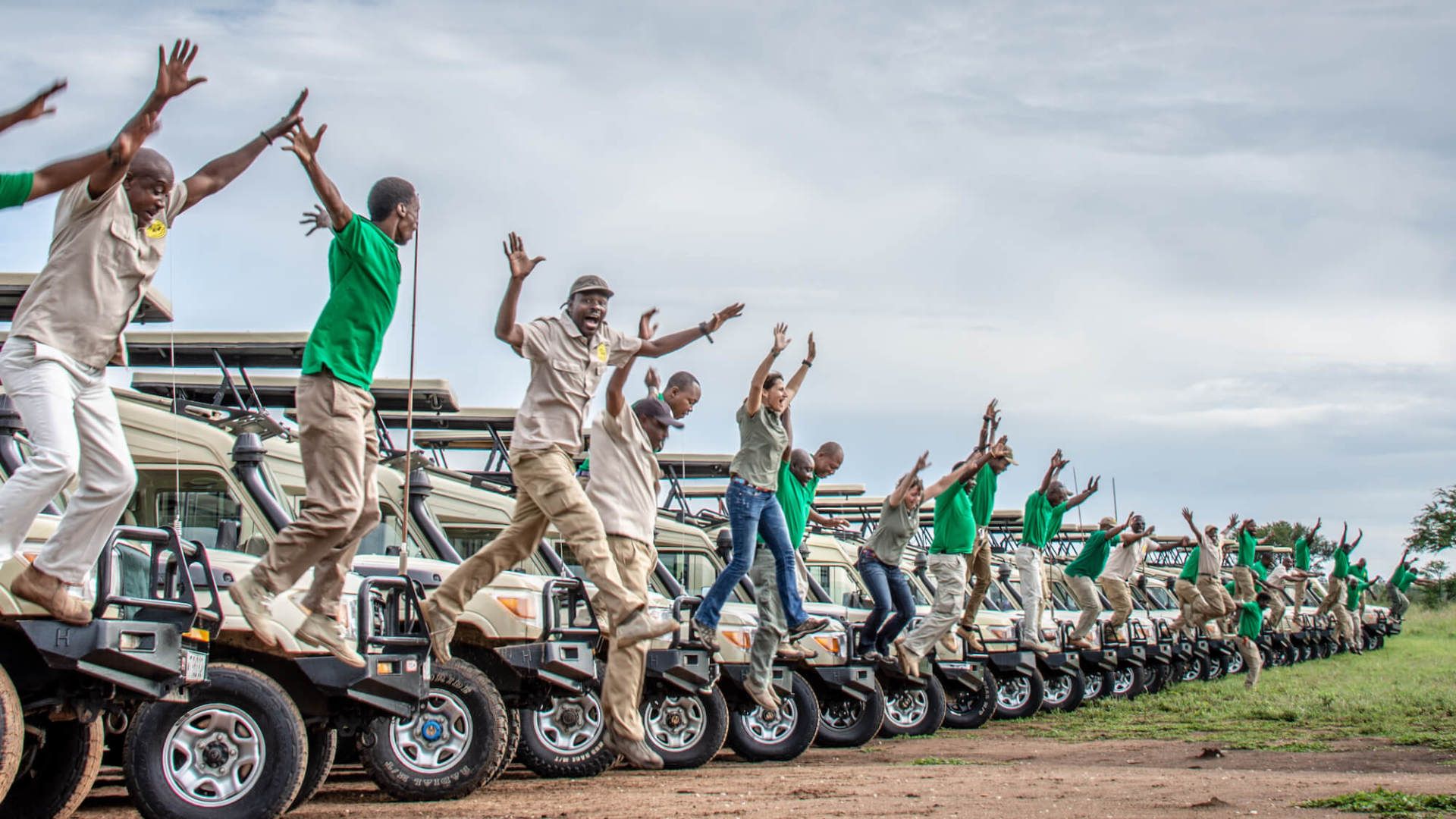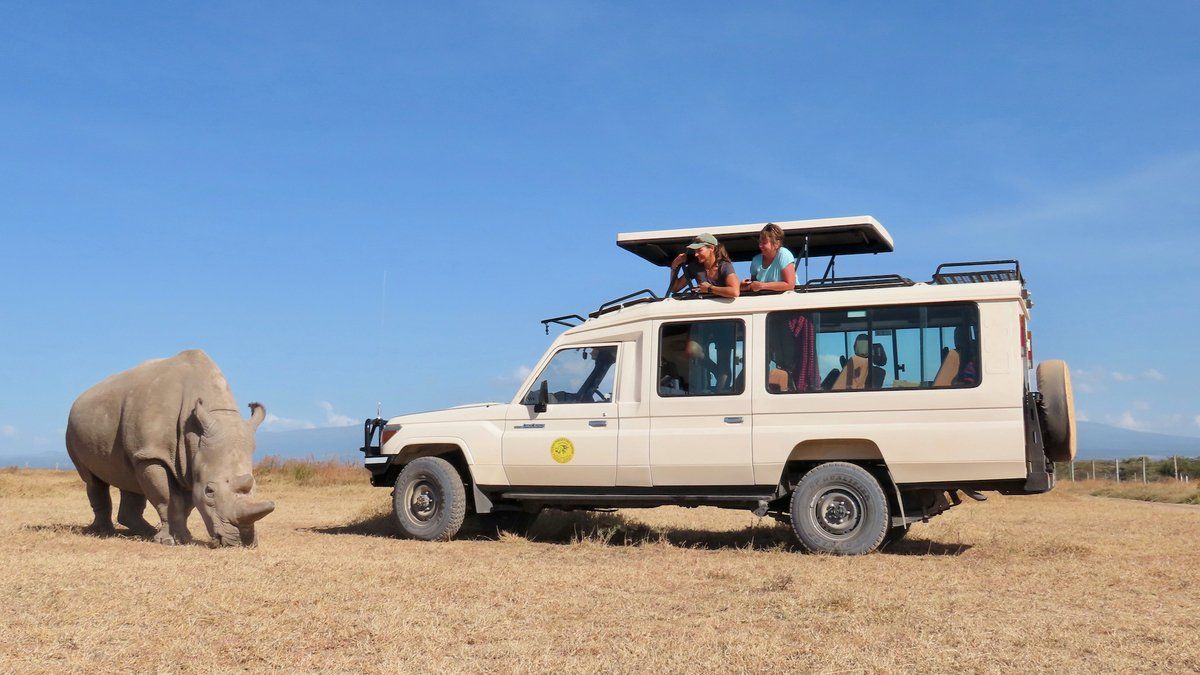Blog Layout
WHY VISIT AMBOSELI NATIONAL PARK (PROS):
- Excellent wildlife viewing
- Four of the Big Five are easily found (rhino excluded)
- Outstanding elephant sightings
- Views of Kilimanjaro on clear days
- Excellent birding, especially water birds in swamp habitat
- Good range of accommodation catering to different budgets and styles
BEST TIME TO GO:
June to September AND January to February
HIGH SEASON:
December – March AND July – October
The park has a dense population of the big five species. The park's most famous residents are its herds of free-ranging elephants, but it is also home to many other rare species which makes it the most interesting thing; the diversity of flora and fauna, within the park and around it.
Amboseli National Park is located in Loitoktok District, Rift Valley Province of Kenya. The park is 392 sq. km in size at the core of an 8,000 sq. km ecosystem that spreads across the Kenya-Tanzania border. The park is famous for being the best place in Africa to get close to free-ranging elephants among other wildlife species. Other attractions of the park include opportunities to meet the Maasai people and also offers spectacular views of Mount Kilimanjaro, the highest freestanding mountain in the world. Amboseli is a very fragile ecosystem, submitted to great seasonal variations. The overall sensation is of a dry land with an annual rainfall of between 350 - 400mm. During the wet season, the rains flood the lakebed and the surrounding area. Because of the high salt deposits in the lakebed few trees grow in the park, with only small patches of acacia and some palm trees far off the lake. Salt-rich pastures are appreciated by the herbivores. Despite the first impression of a dusty and arid land, Amboseli is actually overflowing with water all year round below the ground surface. Waters converge into various underground streams that rise in two clear water springs in the centre of the park, giving birth to large marshes like the Loginya Swamp where elephants, hippos and buffalos find shelter.
BEST TIME TO VISIT:
Although Amboseli can be visited at any time of the year but the best time to visit is during dry months, which are June to October
and January to February. Wildlife watching can be better during the dry season and the visitors have a better chance to view the abundant wildlife that the park boasts. During July to October wildlife gather around watering holes in Amboseli.
ACTIVITIES:
GAME DRIVES
Game drives in Amboseli allow the visitors to get up close and personal with the wild animals and provide a truly refreshing and exceptional encounter to a traveller while watching the sunrise and sunset in exceptional tones of colour change over the horizons.
MOUNT KILIMANJARO VIEWS
Amboseli National Park is towered by Mt Kilimanjaro which stands 5896m high and is the highest point in Africa. The picturesque view of Kilimanjaro makes it a perfect tourist destination in Kenya attracting a large crowd every day.
OBSERVATION HILL
Situated in the west part of the park, Observation Hill is a cone shaped hill where you can get out of your vehicle and take a walk. It is one of the famous places to visit in Amboseli that offers a stunning view of the surrounding plains and swamps, as well as Mount Kilimanjaro in the distance.
MAASAI VILLAGE
To witness the cultural side of Kenya, the Massai community is the perfect place that showcases the best of Kenya. They lead a tribal way of life, which is worth exploring especially their traditional dances and clothing.
BIRDING
Bird watching is best between October and January if you want to see Kenya's migratory birds, including African skimmers, red and yellow bishops, goshawks, buffalo weavers and palm nut vultures, to name a few. It is home to more than 400 species of bird.
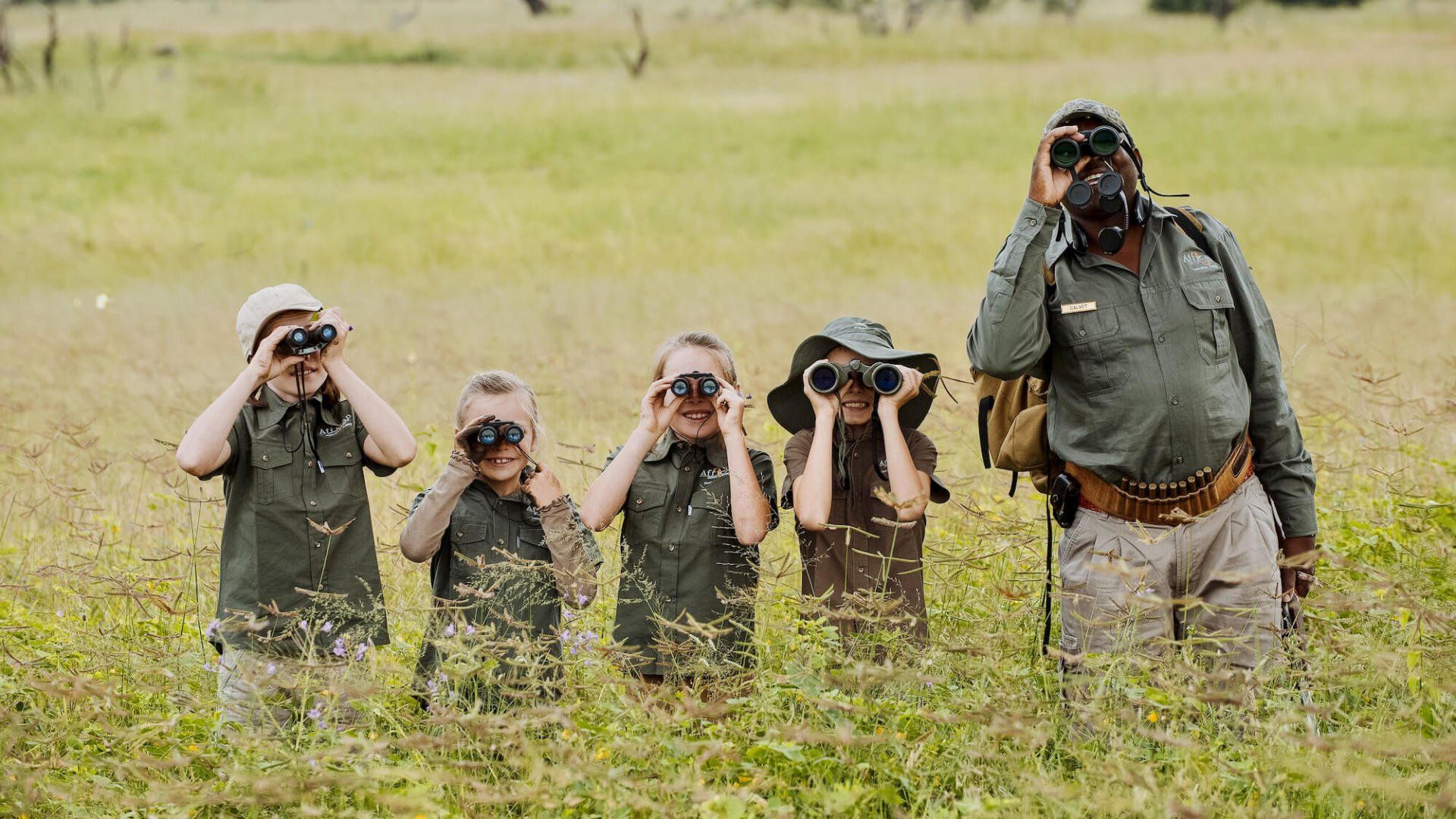
By Predators Safari Club
•
02 Mar, 2020
For those parents with a sense of adventure, Tanzania is a destination with beautiful attractions, including wildlife, sandy beaches, family-focused guides, superb lodges with swimming pools and good weather. Best Regions for Kids Northern Tanzania: is safari country and Maasai country. It's not cheap, but kids will love seeing the animals, as well as the many colourful cultures. A good selection of child-friendly hotels and restaurants completes the picture. Zanzibar Island: the gentle beaches alone are enough to make the island the perfect family destination. Many hotels also have swimming pools (ideal for passing the time while the tide is out) and spacious grounds, and there's a wide choice of child-friendly cuisine. North-Eastern Tanzania: Saadani National Park makes the northeast a child-friendly choice.
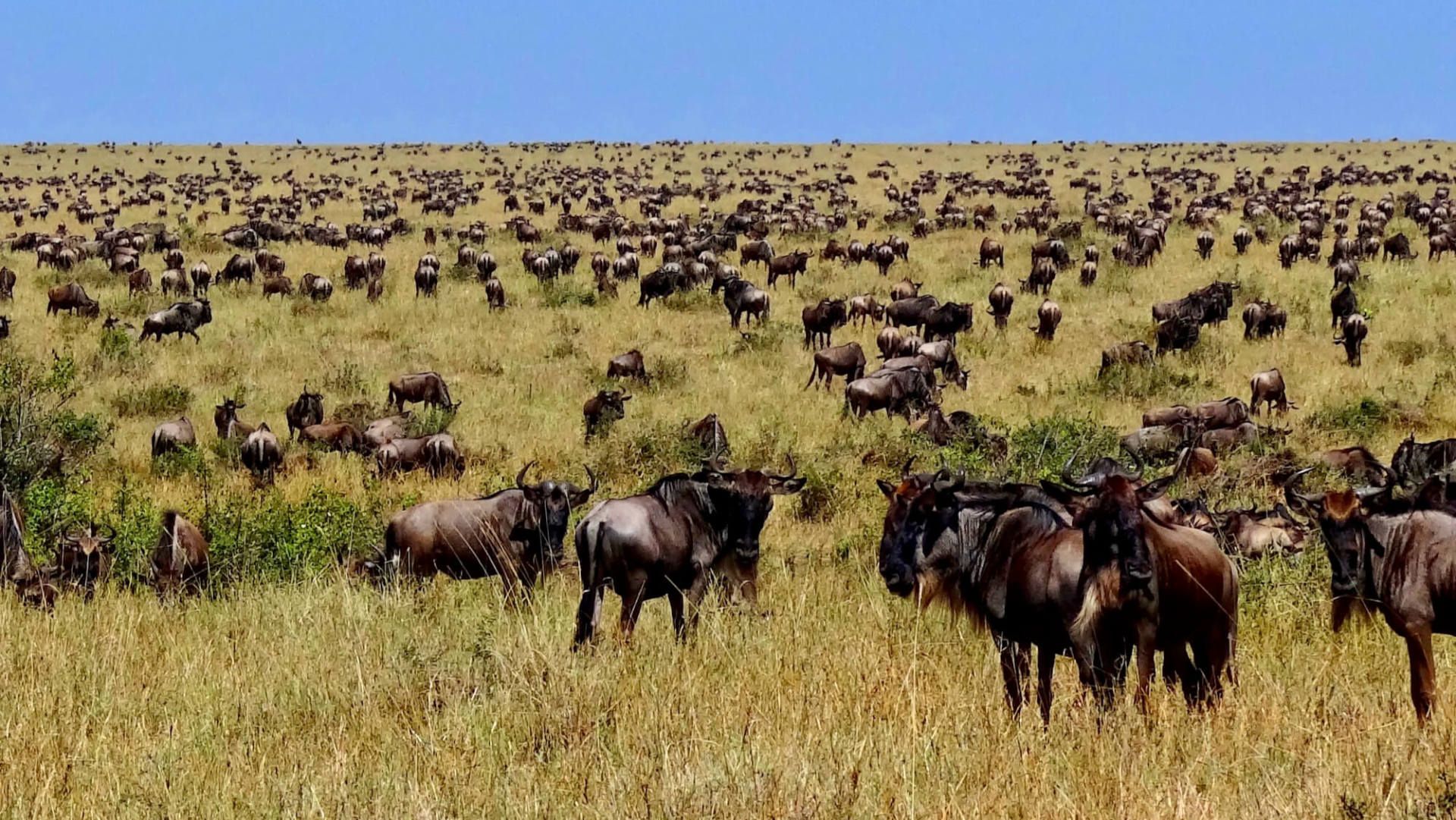
By Predators Safari Club
•
02 Mar, 2020
The Great Wildebeest Migration is one of the "Seven Nature Wonders of the World". It is also the largest single movement of wild animals in the world and the main reason why so many safari-lovers visit Tanzania & Kenya to see one of the world’s most thrilling, intriguing and spectacular displays of wildlife behaviour.
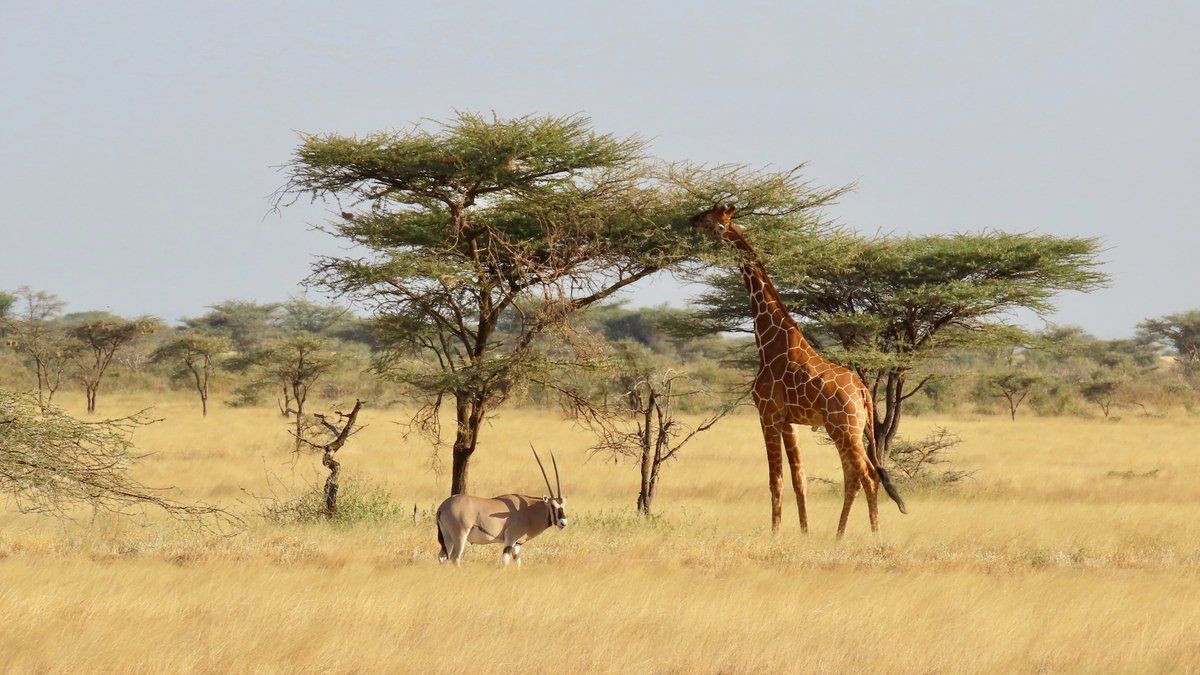
By Predators Safari Club
•
06 Feb, 2020
Several dry-country adapted mammals that don't occur in most Kenyan parks can be found here. The Reticulated giraffe has a more striking pattern than the common Masai giraffe. Beisa Oryx is particularly well adapted to arid conditions. The Gerenuk, with its elongated neck, is able to stand on its hind legs to reach sparse leaves. Both the common Burchell’s zebra and the bigger Grevy’s zebra are found alongside each other.
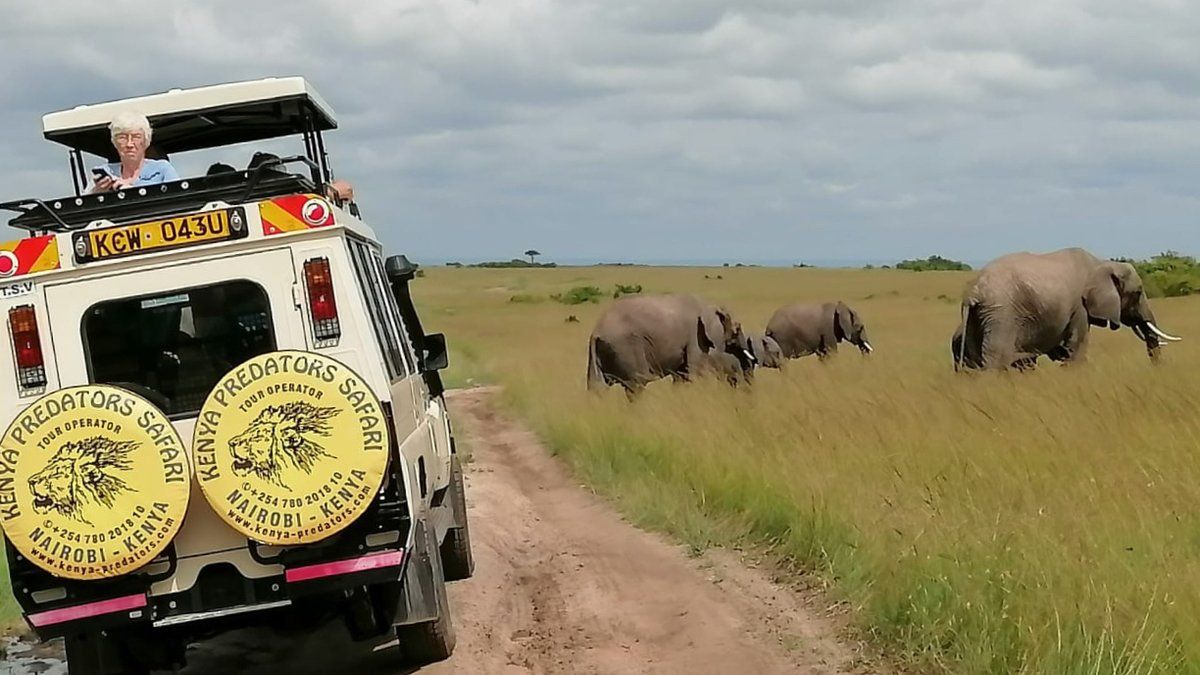
By Predators Safari Club
•
30 Jan, 2020
Predators Safaris managed MANY KENYA SAFARIS in the past, but in 2019 we opened a fully operational office in Kenya (Nairobi) with permanently employed office staff, guides and our own fleet of vehicles for Kenya. You can now enjoy the Predators personal service touches on the same level as in Tanzania
BOOK YOUR KENYA OR TANZANIA SAFARI TODAY!
CALL US TODAY
CONTACT US:
General enquiries:
Tour Operator should contact:
TANZANIA OFFICE:
Predators Safari Club
Namanga Road
Sakina Area
Arusha, Tanzania
Copyright © 2021 Digital Zoo Website Design Company
- All Rights Reserved

